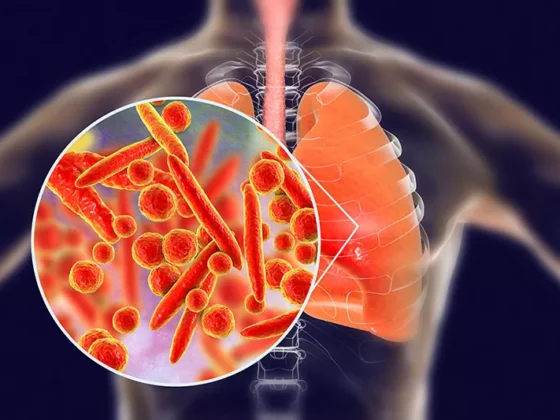New Treatment Options Bring Hope for Scleroderma Patients
Unraveling the Mysteries of Scleroderma and Its Impact on Multiple Organs
Scleroderma, also known as Systemic Sclerosis, is a rare autoimmune disease that can have a profound impact on multiple organs, including the skin, joints, lungs, and gastrointestinal tracts. As this condition progresses, patients may experience discomfort, such as hands and feet turning blue in cold weather, signaling the severity of the disease. While the exact cause of Scleroderma remains unknown, there have been remarkable strides in its diagnosis and treatment, offering newfound hope to patients across the globe.
The Key to Improved Outcomes Lies in Timely Intervention
In the fight against Scleroderma, early detection and treatment play pivotal roles. Experts emphasize the importance of recognizing symptoms and promptly seeking medical attention. To enhance prognosis, individuals with symptoms like skin tightening, Raynaud’s phenomenon, and difficulty swallowing are encouraged to undergo blood tests and CT scans. Detecting Scleroderma in its early stages can significantly improve the management of this challenging condition.
Groundbreaking Treatment Options Transform Lives
With ongoing research and advancements in medical science, new treatment options have emerged, offering a lifeline to those grappling with Scleroderma. These innovative therapies target the underlying autoimmune mechanisms that cause damage to the organs, mitigating the disease’s impact and improving patients’ quality of life. Join us in exploring some of these groundbreaking treatments that are turning the tide against Scleroderma.
Harnessing the Power of Immunomodulation to Control Scleroderma
Immunomodulators, a class of drugs that help regulate the immune system, have shown promising results in managing Scleroderma. By modulating immune responses, these medications can slow down the progression of the disease and alleviate its symptoms, providing much-needed relief to patients.
Precision Medicine Unleashes New Possibilities for Scleroderma Patients
Biologics, a cutting-edge form of therapy, target specific pathways responsible for the development of Scleroderma. By honing in on these key pathways, these treatments offer a personalized approach to managing the disease, leading to more effective outcomes for patients.
Harnessing the Regenerative Potential of Stem Cells in Scleroderma
Stem cell transplants have emerged as a promising treatment option for severe Scleroderma cases. By replacing damaged cells with healthy ones, these transplants hold the potential to reverse some of the disease’s effects, giving patients renewed hope for a brighter future.
Pioneering Research Aims to Unravel the Enigma of Scleroderma
The journey towards conquering Scleroderma continues through extensive research. Experts and scientists worldwide are tirelessly working to unravel the complexities of this condition, inching closer to a cure that could transform the lives of millions.
A Ray of Hope Shines for Scleroderma Patients
In the face of Scleroderma, there is a glimmer of hope as medical science advances and innovative treatment options become available. Early detection remains paramount, empowering patients to seek timely intervention and embark on a journey towards better health. As research progresses, the day draws nearer when Scleroderma will be conquered, and a brighter future awaits those battling this rare autoimmune disease.











